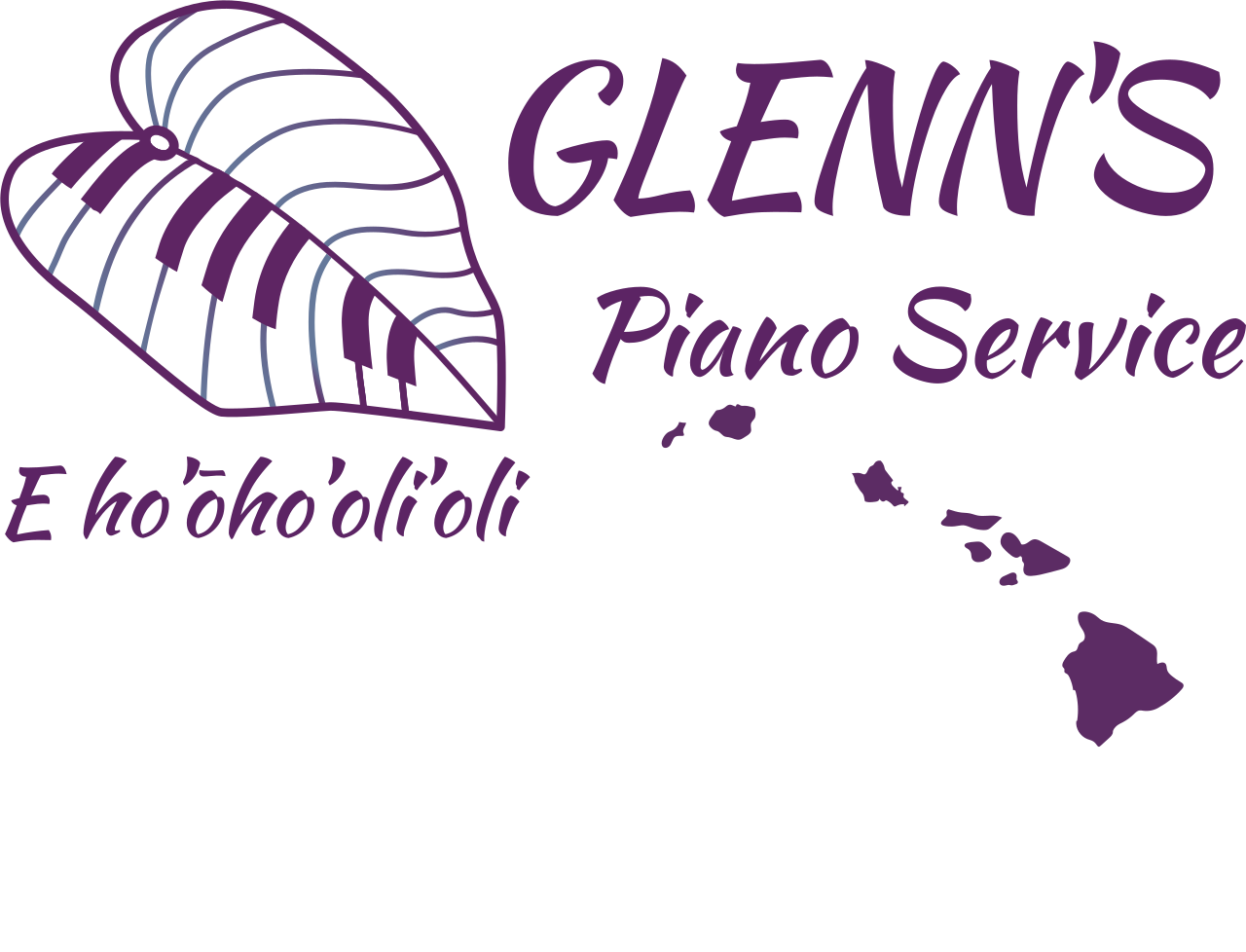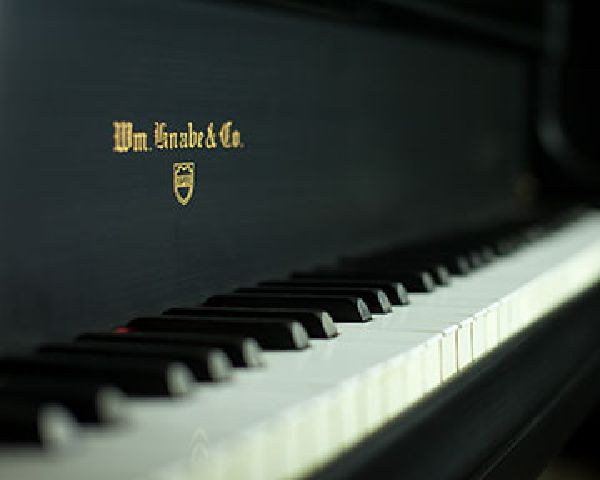BENEFITS OF KEEPING HUMIDITY REGULATED IN A PIANO
Your piano is primarily made of wood. Like the living trees that produced the wood used in the building of your piano, wood responds to climate and environment – it breathes, stretches and flexes. All wood instrument musicians are familiar with the effects of changing humidity levels.
Guitarists must frequently adjust their bridge heights and fingerboard action. Violinists must pay close attention to maintaining constant, ideal humidity levels – or else they may find their violin rather dramatically springing apart during a performance!
Just as with other wood-based instruments, your piano needs a constant level of ideal humidity – between 40% and 50% – to maintain its pitch and tone, quality of action, and to prevent permanent damage.
Maintain Quality of Action
The complex mechanical linkage that starts with the key that you press with your fingers and ends with the hammer striking the strings is called the action. It quite literally has thousands of wooden parts that must all be precisely adjusted to work perfectly together. This adjustment process is called regulation. When the humidity changes, the precision is lost, resulting in the touch you have grown accustomed to changing and becoming inconsistent.
Maintaining Pitch and Tone
The complex mechanical linkage that starts with the key that you press with your fingers, and ends with the hammer striking the strings is called the action. It quite literally has thousands of wooden parts that must all be precisely adjusted to work perfectly together. This adjustment process is called regulation. When the humidity changes, the precision is lost, resulting in the touch you have grown accustomed to changing and becoming inconsistent.
Prevent Sluggish or Sticking Keys
Just as doors and drawers become tight and difficult to move, the keys of your piano may respond slowly or even stick down in times of high humidity.
Stop Rattling Keys and Noisy Action in Low Humidity
Just as doors and drawers become loose in dry air, the keys of your piano may rattle or become mechanically noisy. When the wooden action parts shrink from dryness, they become loose and can move around. This will lead to premature wear of these parts and costly repairs in the future.
Prevent Costly, Permanent Bridge and Soundboard Damage
Over time, constant changes in humidity levels, with the corresponding shrinking and swelling of the soundboard, will damage the integrity of the soundboard. You will see this damage in the form of pressure ridges and cracks in the board.
Prevent Pinblock Damage
Piano strings are under tremendous tension. The strings are coiled around tuning pins that are driven into holes in a multilayered piece of wood, usually maple, called the pinblock. When the humidity increases, swelling the wood, the tuning pins may become so tight that the technician has trouble making the delicate adjustments that are necessary in a fine tuning. When the humidity level drops, the pinblock will shrink, resulting in loose tuning pins. This can result in a piano that will not hold tune very long or even render it completely untuneable.
Prevent Serious Rust Damage to Strings and Pins
Piano strings, or “music wire” are made from high-carbon steel. With exposure to high humidity levels over long periods, strings become rusted and corroded. At the junction where rusted strings wrap around rusted pins, rust corrosion forms a hardened bond between the two. Then, during a tuning, when your piano technician turns the pins to stretch the strings, the inflexible, rusted string snaps at this joint.

